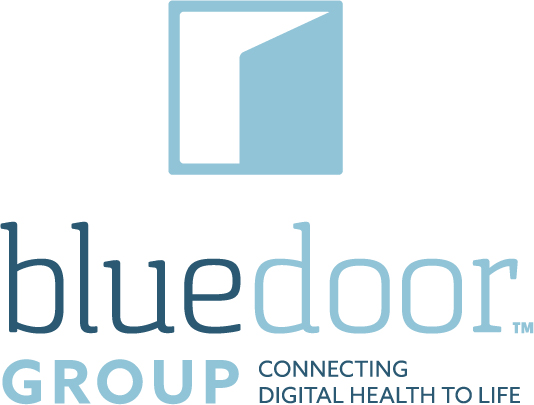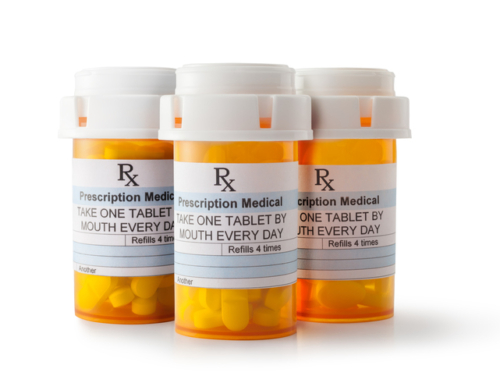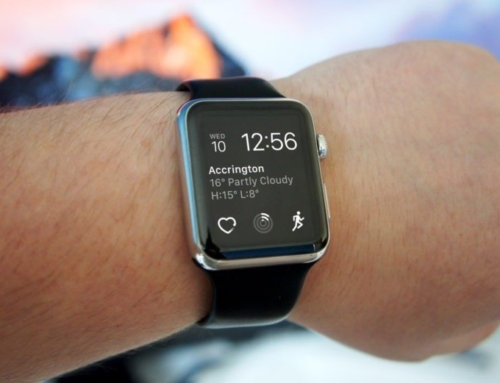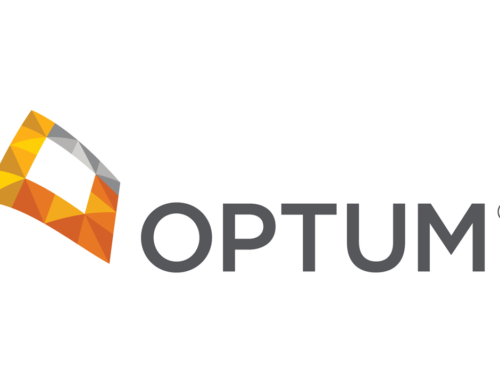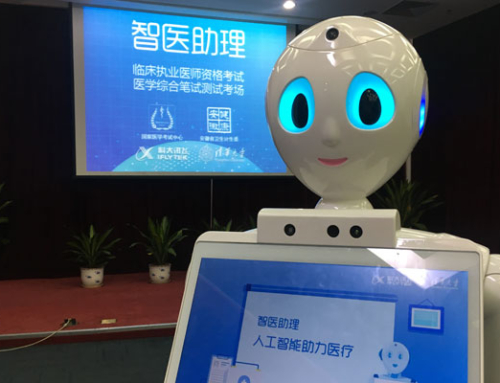By JONAH COMSTOCK | June 21, 2017
Madison, Wisconsin-based Propeller Health is now a decade old. The digital health company, which makes connected inhalers and patient- and provider-facing data analytics tools for respiratory diseases asthma and COPD, can hardly be considered a startup anymore. Nowadays the company has numerous published efficacy studies and business relationships with most major pharma companies in the respiratory space.
At Health 2.0’s HXRefactored conference in Boston yesterday, Propeller CTO and cofounder Greg Tracy talked about how Propeller got where it is: the lessons learned and the challenges overcome.
One thing Propeller had to discover was just how important it was to fit seamlessly into patients’ lives. A major breakthrough, he said, was figuring out that patients’ habits around battery charging are hard to change and, ultimately, not worth changing.
“We thought we made huge progress on charging because we got the battery to last 30 days. We thought this was a grand slam, when we went from 2 or 3 days to 30 days,” he said. “It turns out 30 days is no man’s land. People do not charge things on that cadence. … So what we found was that instead of helping patients manage asthma, we were trying to build charging habits. It was horrible.”
The company eventually moved to a disposable device that lasts a year and a half on a single charge. But the lesson is bigger than batteries: Propeller also reworked their product to eliminate manual Bluetooth pairing after discovering how much of a hassle it was for users, for instance.
“It’s really super important that you don’t add a new burden to these people’s lives,” Tracy said. “With chronic disease, they are burdened every single day, so you can’t give them some piece of technology that is yet one more thing for them to work on.”
And Propeller isn’t done making the experience more seamless. The company is working with Aptar on products that patients will be able to pick up at the drug store ready to go, with all the sensors inside, that can be bundled with a particular drug.
Tracy also encouraged digital health companies to build a good foundation by collecting and making use of efficacy data early on.
“Another lesson we learned, though we got good at this fairly early on, was to focus more on health outcomes that you’re chasing, as opposed to just trying to push or sell technology for technology’s sake,” he said. “I think one of the things my team is the most proud of is that we have a lot of published literature on the efficacy of the solution.”
Efficacy data isn’t just useful for selling the product and seeking reimbursement, it also helps the design and engineering teams to iterate and improve the product. And it’s important to choose the right outcome measures — not just engagement and retention, but real lifestyle or health effects (in Propeller’s case, their key metrics are controller medication compliance and number of asthma-free days).
Finally, digital health solutions need to be additive to the status quo. A mere digital version of a legacy treatment, no matter how slick, will have a pretty limited impact on health outcomes.
“In the beginning we did the really simple thing of taking this really complicated treatment plan that’s on paper and converting it to digital,” Tracy said. “That was the easy part. We did that in the first year and a half to two years or something like that. But it’s really important not to just stop at automation.”
Propeller takes data in from a variety of sources, not just the inhaler sensor, and returns it to patients and providers in the form of increasingly advanced (and useful) insights.
“It’s not just about reminding them to take their meds, or helping them understand what their trigger is, but now we can give them a forecast of what might happen tomorrow based on their history,” Tracy said. “If we know the air quality in Boston will be bad tomorrow and you’re traveling to Boston, we can give you a super insightful forecast, so when you’re traveling you’re well-prepared and you know what to expect based on your own history. It’s always important and mindful to build on top. Don’t just settle for automation. You actually have to create brand new experiences with that data.”
